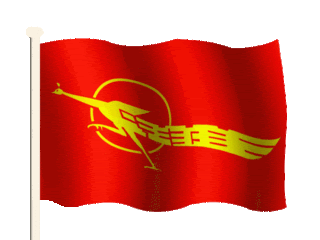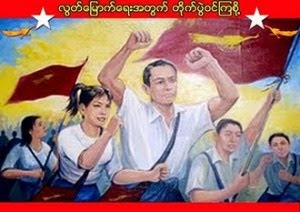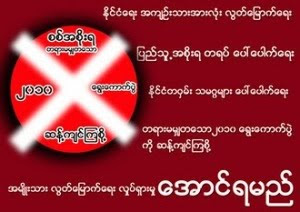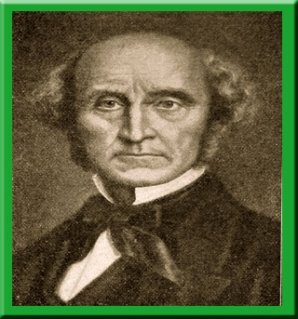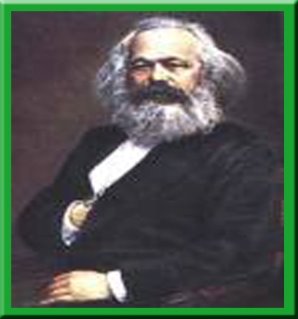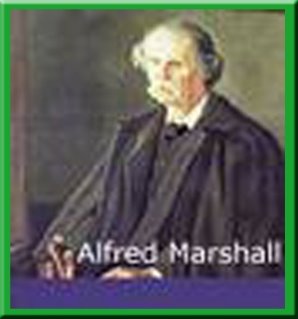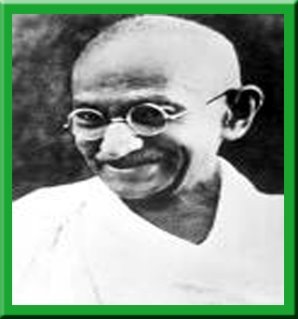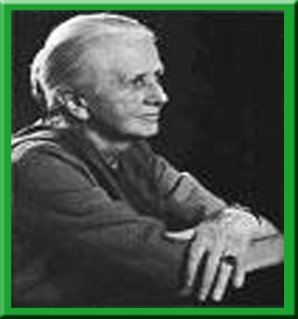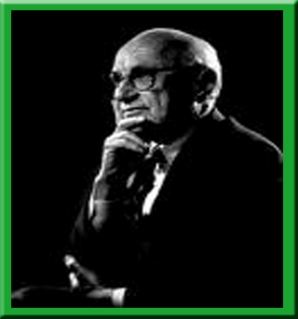“Everyone has the right to freedom of peaceful assembly and association. No one may be compelled to belong to an association”…(Article20, Universal Declaration of Human Rights)
The Universal Declaration of Human Rights by the United Nations Assembly in 1988 is the most symbolic central one although the European Convention of 1950 has the most effective machinery. Nevertheless, ‘Freedom of Peaceful Assembly and Association’ was also defined in Article 11 of the European Convention.
In fact, Freedom of expression and freedom of assembly and association are at the heart of fundamental freedoms. These can be called political rights because they form the basis for people's societal influencing and organization. These are also mentioned in the constitutions of democratic countries.
The freedom of assembly is the right to hold meetings indoors or outdoors and to organize demonstrations without interference from the authorities. In section (2) of the Burmese military regime SLORC (later changed to SPDC) order 2/88, it was stated as
“Gathering, walking, marching in processions, chanting slogans, delivering speeches, agitation and creating disturbances on the streets by a group of 5 or more people is banned regardless of whether the act is with the intention of creating disturbance or of committing a crime or not”.
The freedom of association is the connecting bridge between the fundamental freedoms and the economic, social and cultural rights. As a freedom, it ensures the right to establish associations and to join them and resign from them freely. In Burma, under the 1907 (1957) Unlawful Association Act, a lot of democracy activists were detained because it allows for the detention of up to 3 years of anyone who is a member of or assists in any way an unlawful association. In addition, SLORC Order 1/91 stated as
“The conduct of public services personnel remain clear of party politics.”
All these clearly prove the international human rights violations committed by the Burmese military regime.
Not only prohibited by their order, the military regime opened fired on the unarmed demonstrators in uprisings.
Around midnight on 8.8.88, Burmese military arrived at the central protests and opened fire on the people who were peacefully doing the protests. But it did not end the uprisings in Burma.
Again on 18.9.88, the military gunned down thousands of students and demonstrators and proclaimed the dawn of a new government: SLORC (State Law and Order Restoration Council).
These were the August and September massacres. The soldiers of one country became the murderers to its own civilians instead of protecting the lives and properties of the citizens. How awful!
These were the August and September massacres. The soldiers of one country became the murderers to its own civilians instead of protecting the lives and properties of the citizens. How awful!
In conclusion, since 1988, People of Burma have been deprived of the Freedom of Assembly and Association. They have got these rights only for 40 days out of 7470 days. I would like to ask international community to use your freedom for the sake of the human rights of 53 million Burmese people.
Khin Ma Ma Myo (13/8/2006)
References:
Alston, P. & Steiner, H. (2000) International Human Rights in Context: Law, Politics & Morals, Oxford University Press.
HRDU (1999) Human Rights Year Book: 1998-99, pg.201
Lintner, B (1989) Outrage, Hong Kong, Review Publishing
Thompson, N, What Makes a Revolution? Burma's Revolt of 1988 and a Comparative Analysis of the Revolutions of the late 1980s, web version

